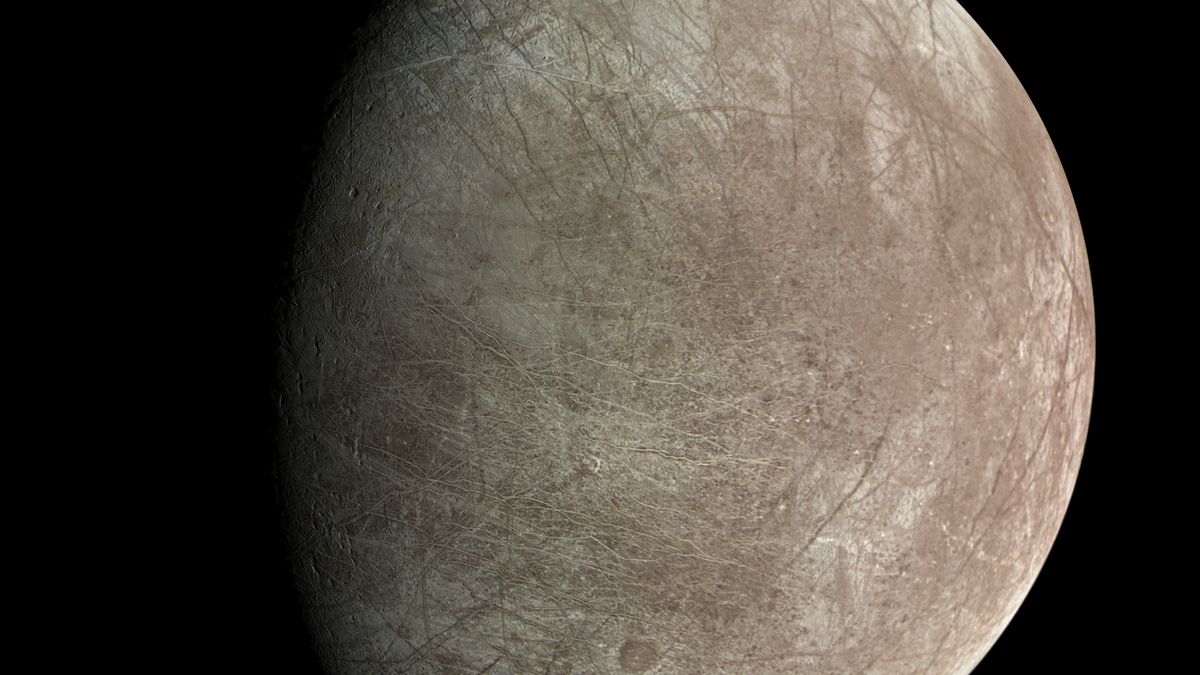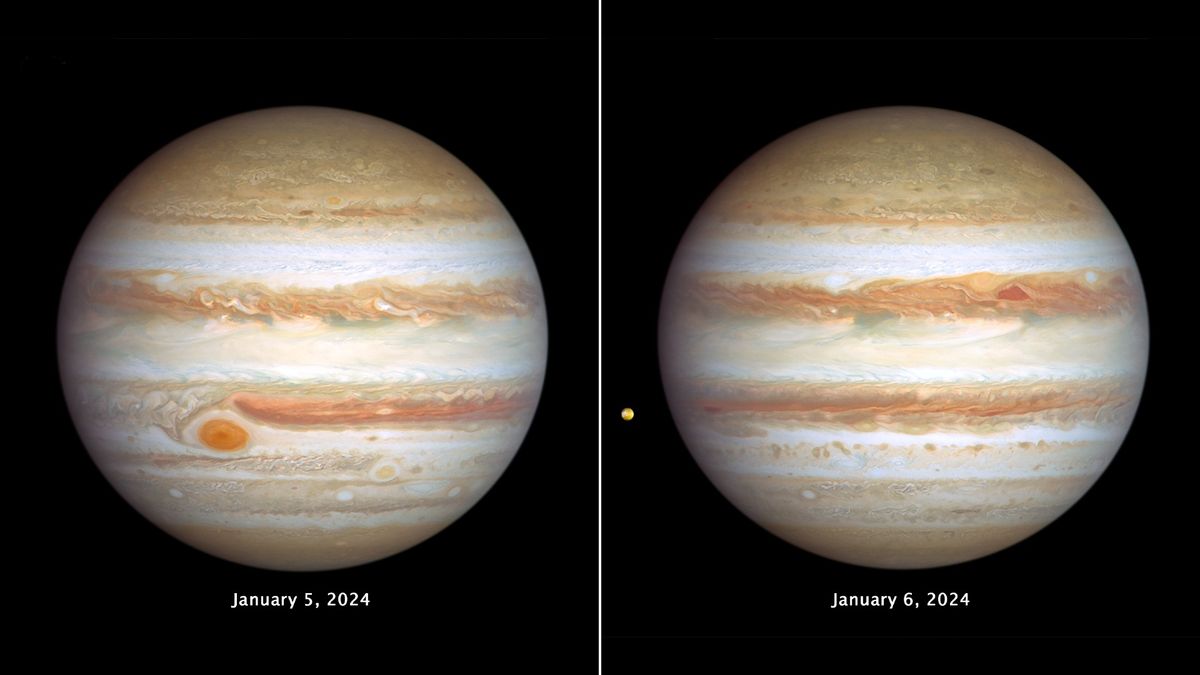NASA’s Juno Mission Reveals Fascinating Findings on Jupiter’s Moon Europa
When NASA’s Juno spacecraft made its closest approach to Jupiter’s moon Europa in September 2022, it not only captured evidence of pockets of briny water connected to the moon’s deep subsurface ocean but also potential scars formed by towering plumes of water vapor, all caught on camera.
The Science Behind the Images
The majority of imagery from the Juno mission is collected by an instrument called JunoCam, which was able to take four high-resolution images of Europa’s surface as it zoomed past the icy moon at an altitude of just 355 kilometers (220 miles). In addition, the spacecraft utilized its Stellar Reference Unit (SRU), typically used for imaging faint stars, to help Juno navigate, capturing an image of Europa’s night-side, illuminated by the reflection of light from Jupiter’s clouds, known as “Jupiter-shine.”
One fascinating discovery made by the SRU was an unusual feature dubbed “the Platypus,” characterized by chaos terrain – a mix of ice blocks, ridges, hummocks, and ruddy-brown stains. This type of terrain, imaged on Europa since the Voyager missions, is believed to be linked to areas where briny liquid seeps to the surface, partially melting the icy crust.
The Platypus, measuring 37 kilometers by 67 kilometers (23 miles by 42 miles), stands out on Europa’s smooth icy surface, indicating its relative youth among surface features which tend to disappear over short geological timespans.
Heidi Becker, the SRU’s lead co-investigator at NASA’s Jet Propulsion Laboratory, highlighted that the presence of such features hints at current surface activity and subsurface liquid water on Europa. The Platypus has become a focal point for upcoming missions like NASA’s Europa Clipper and the European JUICE mission to Jupiter.
New Discoveries Await
Located fifty kilometers (31 miles) north of the Platypus, another intriguing feature was found – a set of double ridges with dark stains on the surface. These features, believed to be linked to water vapor plumes that rise up into space, may offer insight into the moon’s geological activity.
While the existence of Europa’s plumes had been a topic of debate since their first sighting in 2012 by the Hubble Space Telescope, new formations like the trenches discovered by Juno may provide solid evidence for their presence. These trenches, akin to the tiger stripes on Saturn’s moon Enceladus, could be potential sources for the plumes.
Moreover, Juno’s observations revealed signs of “true polar wander” on Europa, indicating a shift in geographic locations as the moon’s icy crust floats on its subsurface ocean. This phenomenon has led to the formation of fracture patterns on the moon’s surface, shedding light on its dynamic geology.
The discoveries made by Juno have been documented in scientific journals, showcasing the incredible findings and advancing our understanding of one of Jupiter’s intriguing moons, Europa.
Image/Photo credit: source url





